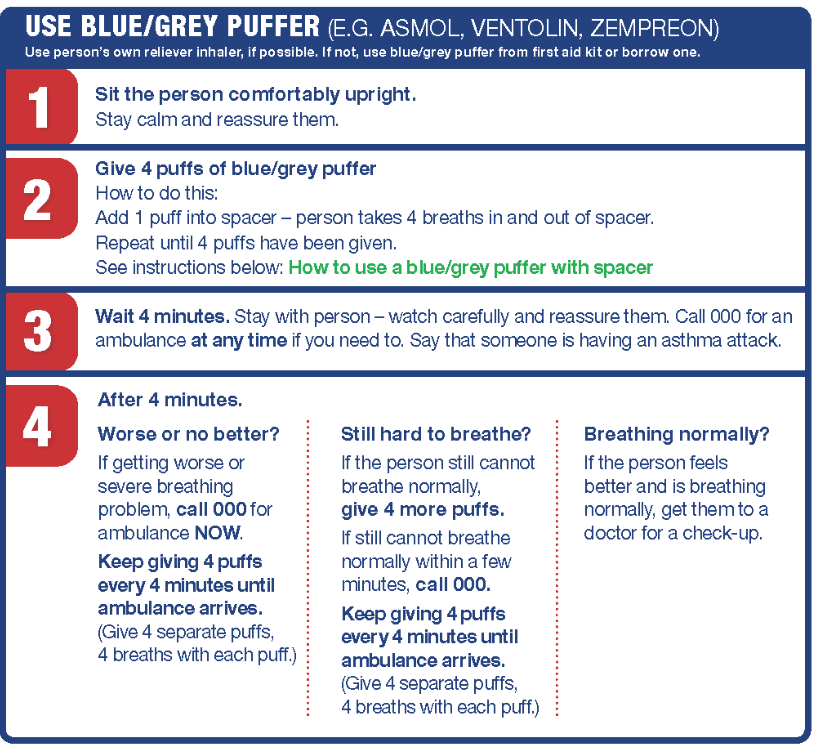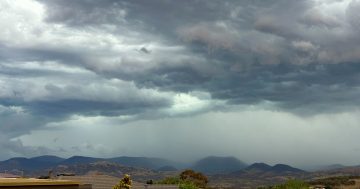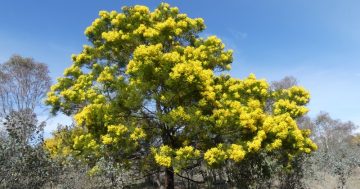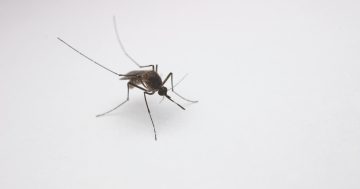
Region Riverina Editor Chris Roe suffers severe hay fever from the high pollen count. Photo: Chris Roe.
Murrumbidgee Local Health District (MLHD) issued a thunderstorm health alert for the region.
MLHD acting public health unit, Alison Nikitas issued a thunderstorm asthma alert for the Murrumbidgee Local Health District area over the weekend, saying conditions are predicted to last until this evening (31 October).
Current high pollen counts and predicted thunderstorms can exacerbate the risk of asthma, even for those who’ve never had it before.
If you know you have asthma, carry your asthma puffer with you at all times and try to stay indoors with the windows and doors closed during the storm period.
Be aware that thunderstorm asthma can also affect people who have not had asthma before.
If you have breathing difficulties call 000 or go to your nearest hospital Emergency Department.
How Do You Kow If You’re At Risk?
Asthma Australia says people at risk of acute asthma flare-ups triggered by a thunderstorm include those with seasonal hay fever, current asthma, a history of asthma or undiagnosed asthma.
Adults are at the highest risk for thunderstorm asthma, especially if they are sensitive to grass pollen and have seasonal hay fever.
Asthma Australia says the worst outcomes are seen in people with poorly controlled asthma.
How To Manage The Risk Of Thunderstorm Asthma
Learn about thunderstorm asthma and determine whether or not you are at risk and talk to your doctor about the need for inhaled preventer medicine treatment for allergies.
Have an Asthma Action Plan and have practical knowledge of the four steps of Asthma First Aid.
Have reliever medication available at all times, be on alert for thunderstorm forecasts and never ignore asthma symptoms like breathlessness, wheezing and tightness in the chest.

Asthma First Aid. Photo: National Asthma Council.
You can monitor thunderstorm activity in your region via the Bureau of Meteorology website.
To receive an SMS alert when the pollen counts are high and thunderstorms are predicted, click here to register, or text the word Asthma to 0417 115 876.
















